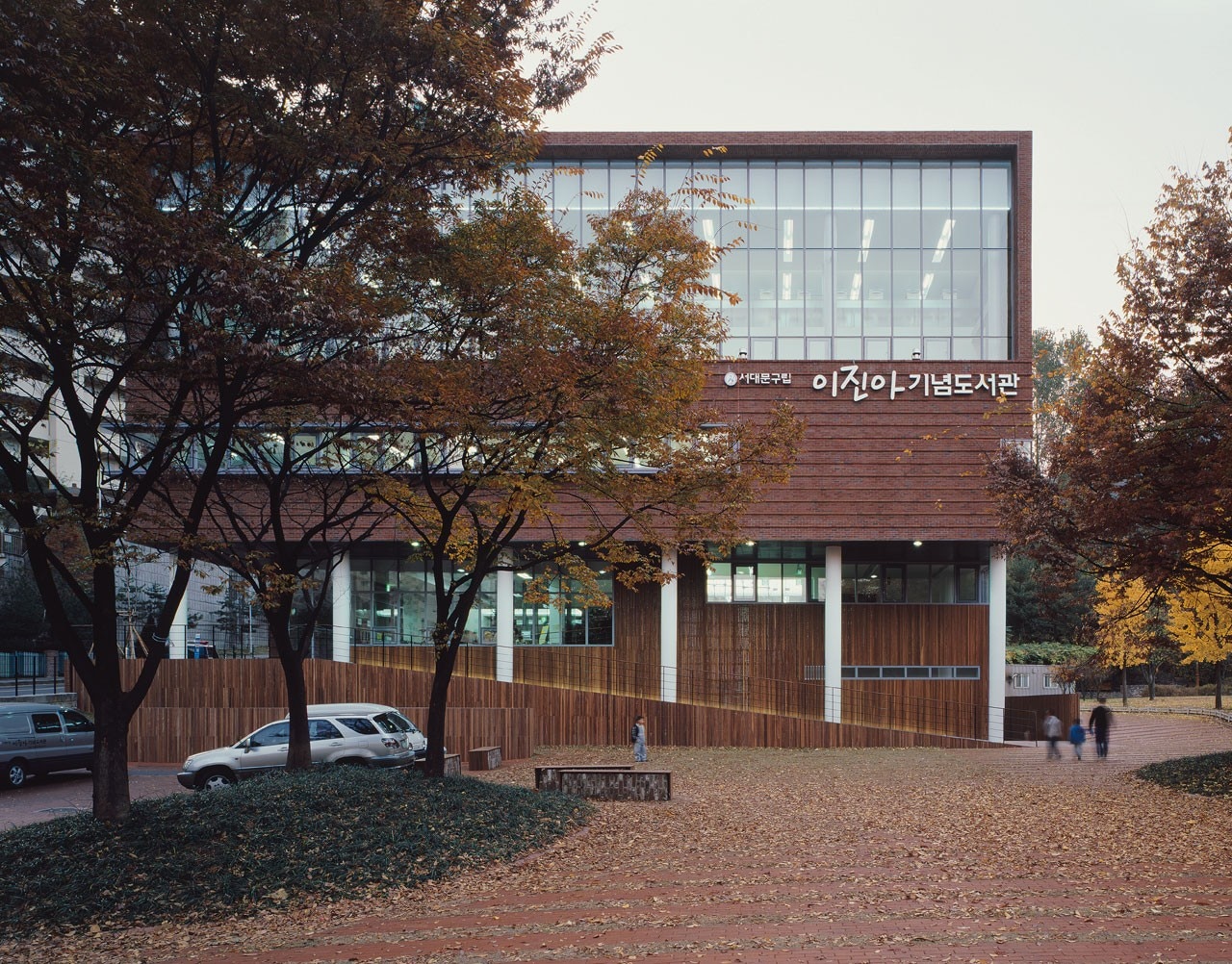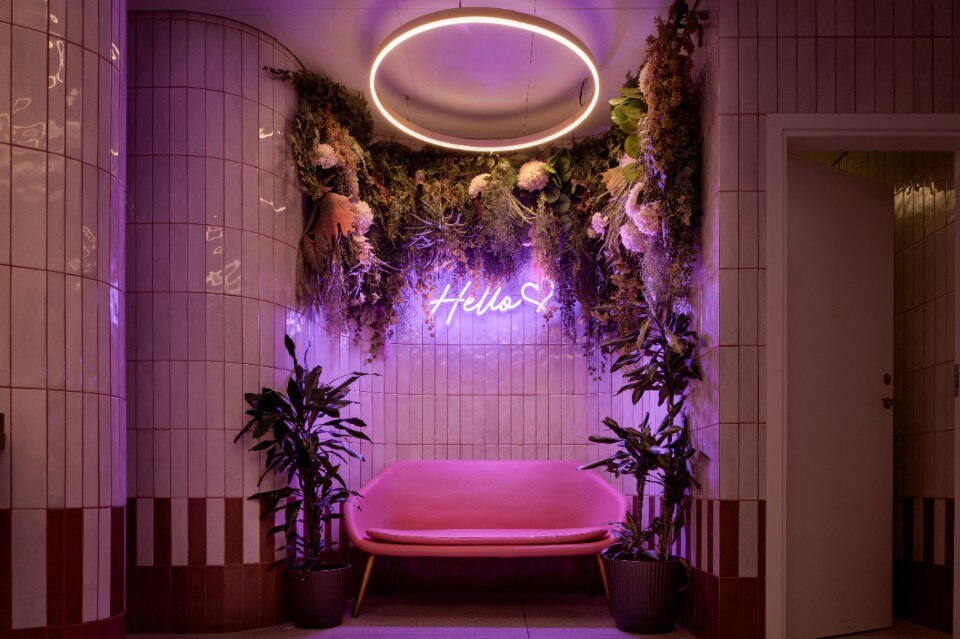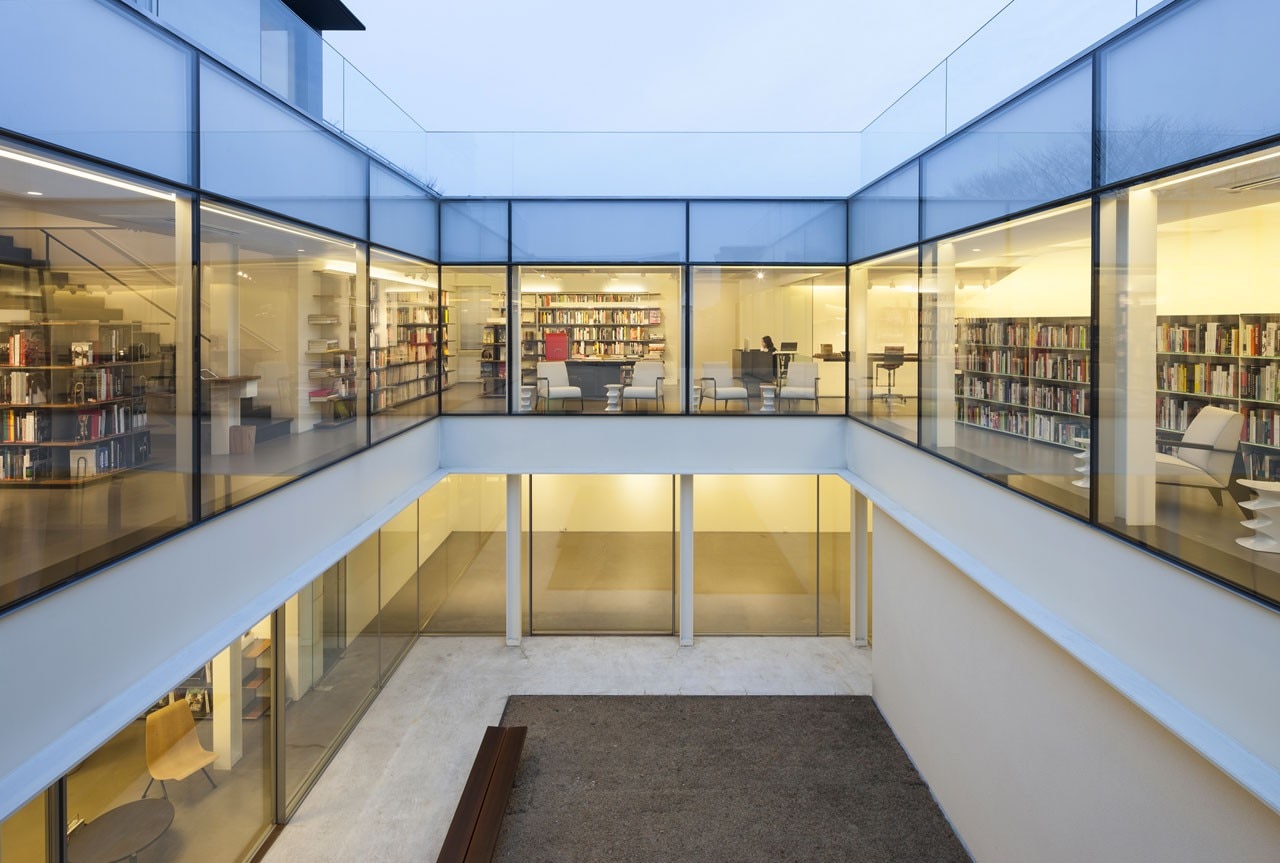
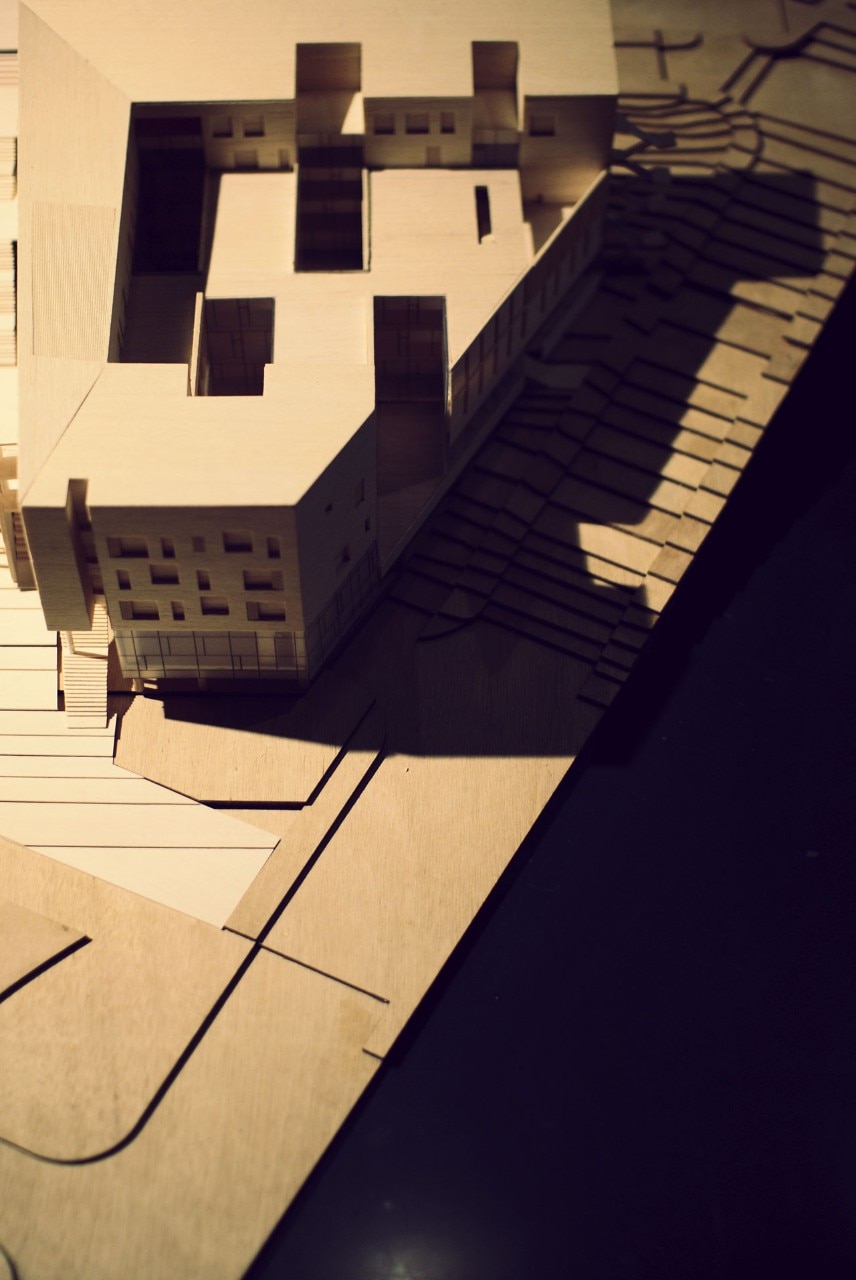
Korean architects relationship with Western modernism may have originated after WW2: “On October 2, 1952, a young man from Asia cautiously knocked on the door of the Le Corbusier atelier at 35, rue de Sèvres, in Paris. He was one of five Korean delegates who had come to Europe to take part in the first International Conference of Artists, convened in Venice. Unlike his colleagues, he had not returned to Korea when the conference ended but had come to Paris instead, to seek work with Le Corbusier. His name is Chung-Up Kim, and he is remembered today as one of the founders of modern Korean architecture.” [4] But it was not before the mid 1970s and even more so after South Korea’s process of democratic transition from an authoritarian regime in 1987, and Seoul’s Olympic games in 1988, that a whole generation of architects – born at the beginning of the 1960s – have felt the call from the West and embarked on a journey towards France, Holland, Italy and the United Kingdom, in search of a cultural inspiration.
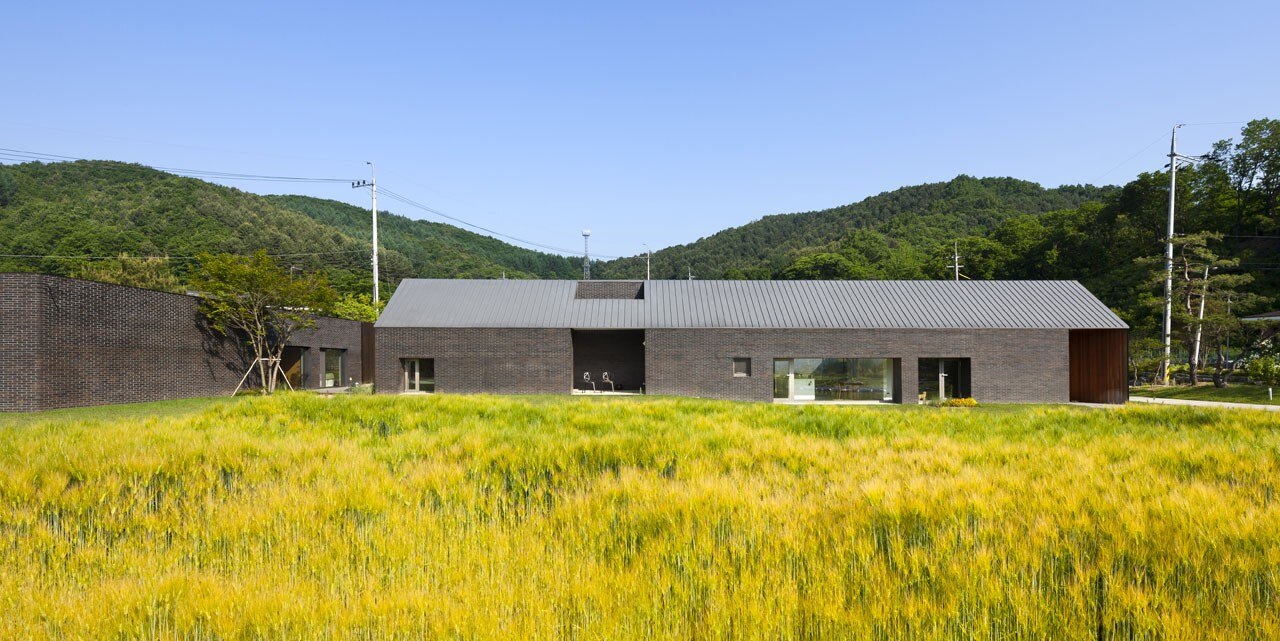
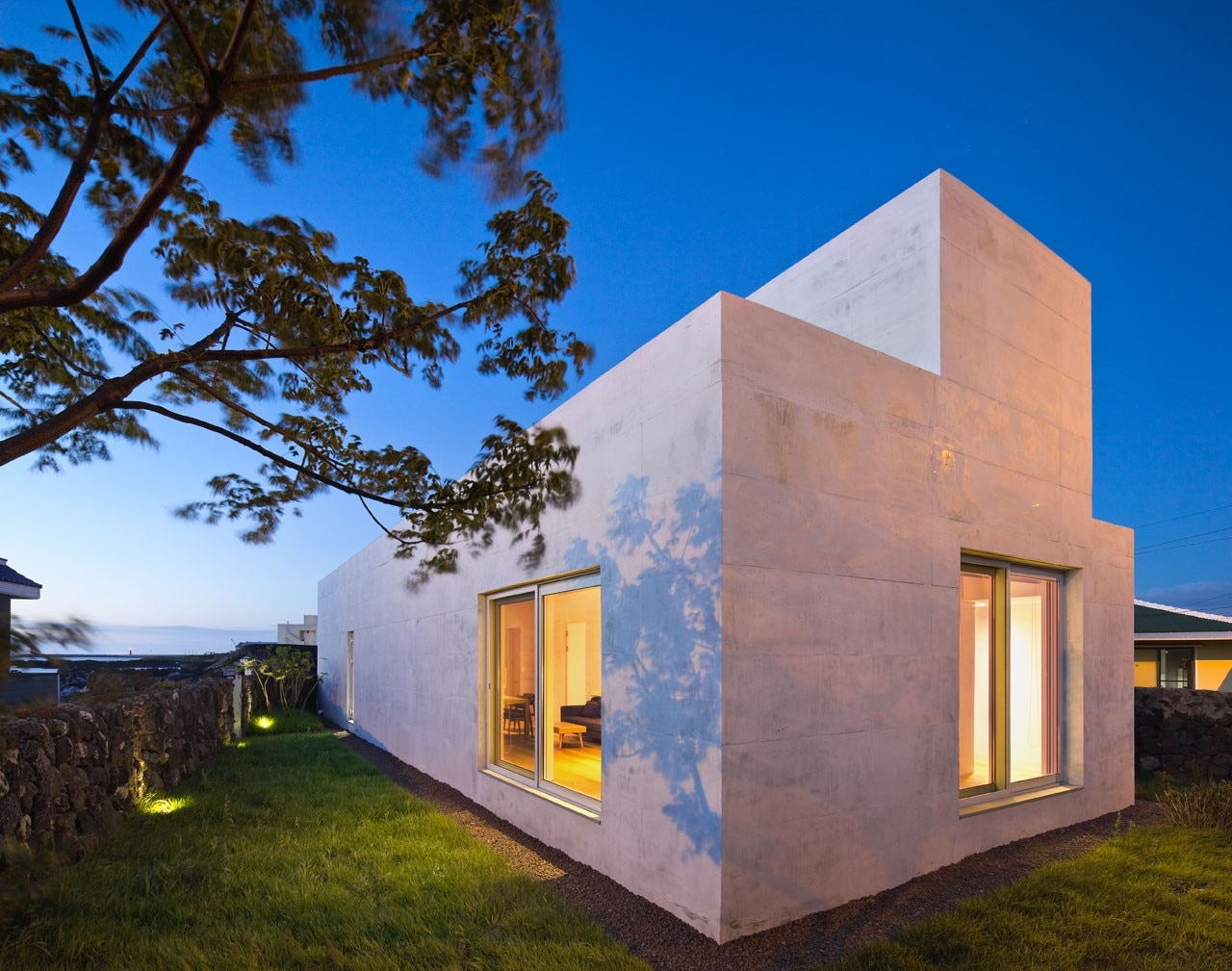
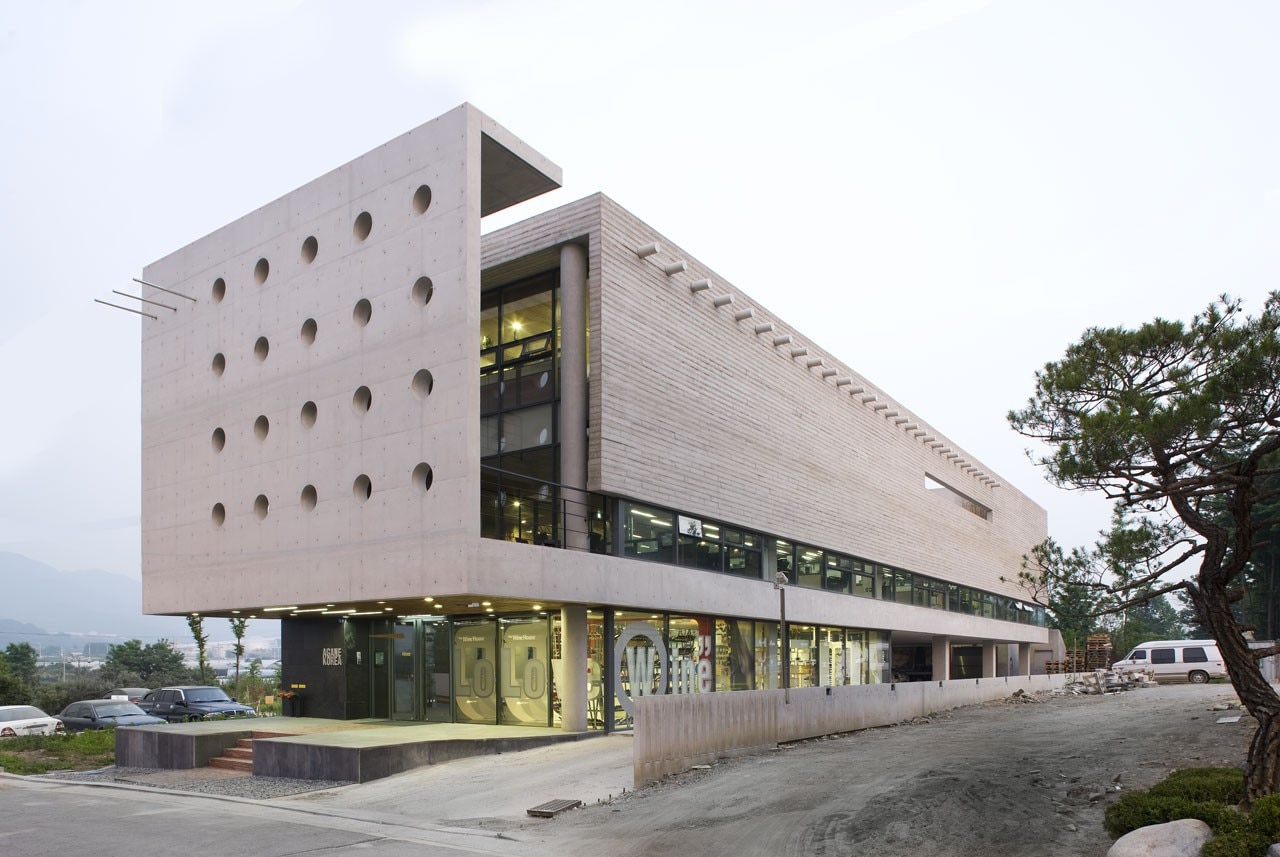
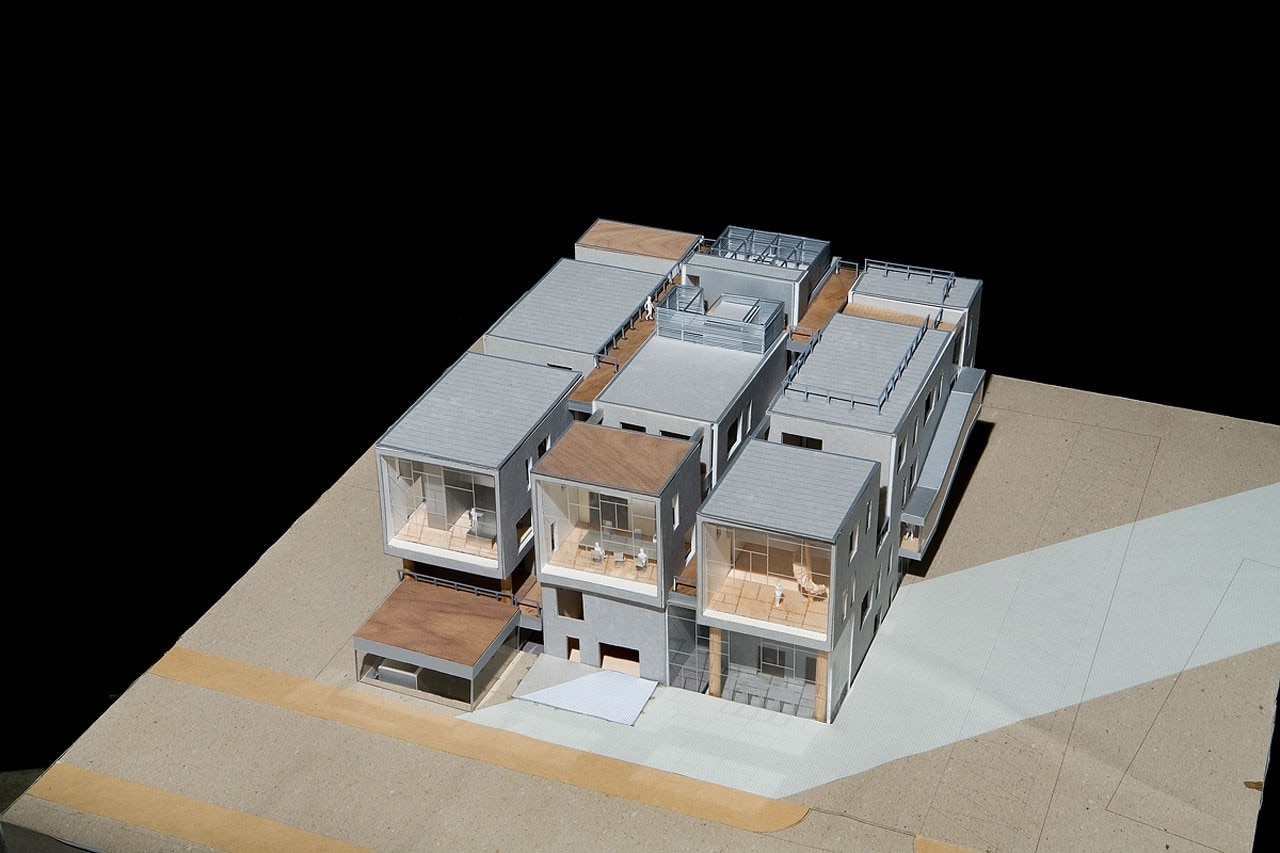
Notes:
1. John Hong, Jinhee Park, Convergent Flux: Contemporary Architecture and Urbanism in Korea, Boston, Birkhäuser - Harvard Graduate School of Design, 2010.
2. Caroline Maniaque-Benton and Inha Jung, Point-Contrepoint: Trajectories of Ten Korean Architects/Trajectoires de dix architectes Coréens, The Architectural Publisher B, 2014, p.31.
3. Ibid., p. 31.
4. Ibid., p. 8.
5. Ibid., p. 33.
Until 8 March 2014
Point/Contrepoint: Trajectoires de dix architectes coréens
ENSA Paris-Malaquais
Espace Callot
1 rue Jacques Callot, Paris

Natural stone is an eternal material
Now in its 59th edition, Marmomac returns to Verona from September 23 to 26 to showcase the role of stone in contemporary design.


